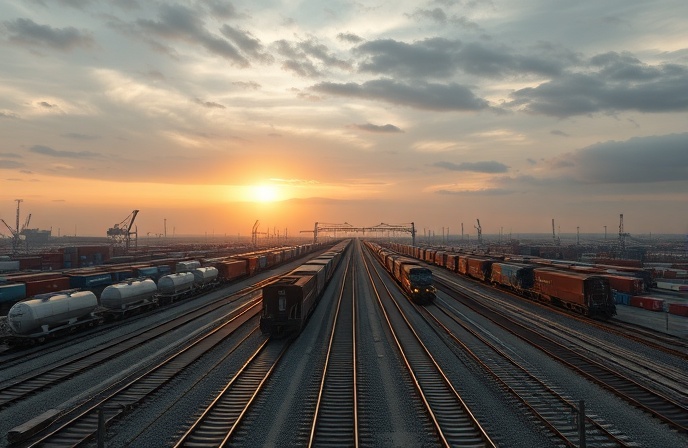Siemens Mobility Launches “Signalling X”
German multinational Siemens Mobility has launched a new cloud-based signalling system for mainline and metro rail networks.

Signalling X is an extension of the other “X” portfolio products launched by Siemens over the past two years. The system will digitize the end-to-end signalling ecosystem to enable the expected doubling of passenger capacity demand by 2050.
“Signaling X will be integrating different signaling systems into one cloud platform and opening their interfaces to further functionalities,” said Michael Peter, CEO of Siemens Mobility.
“We are also showcasing advancements of our industry-leading rail service portfolio with new Railigent X functionalities and fully automated visual inspection and mobile inspection technologies. These innovations will further increase capacity and make operations, maintenance and service more efficient.”
The product will allow for signalling across a network to be controlled from a single Signaling Data Centre, “enabling the management of both safety-critical and non-safety-critical Siemens Mobility applications with standardized APIs, opening interfaces to diagnostic and optimization systems such as Train Planning Systems (TPS) in one cloud environment,” the company explained.
Along with the promised optimizations, the system will leverage the existing Siemens “Distributed Smart Safe System (DS3)” to create a cybersecure cloud environment.
Siemens Mobility stated that DS3 has been successfully implemented in Austria, Spain, and recently awarded in Finland. Andre Rodenbeck, CEO of Rail Infrastructure at Siemens Mobility, said the new suite of systems will lead to operational improvements and a better customer experience.
“With Signaling X, we are centralizing all rail infrastructure data from long-distance, intercity and urban traffic into one cloud-based, hardware-independent signaling data centre. This offers significant operational improvements for railway operators and leads to unparalleled flexibility through virtualization and georedundancy. Customers can expect a substantial increase of their operational efficiency with reduced installation expenses, consolidation of operating locations, and through streamlined maintenance activities.”


